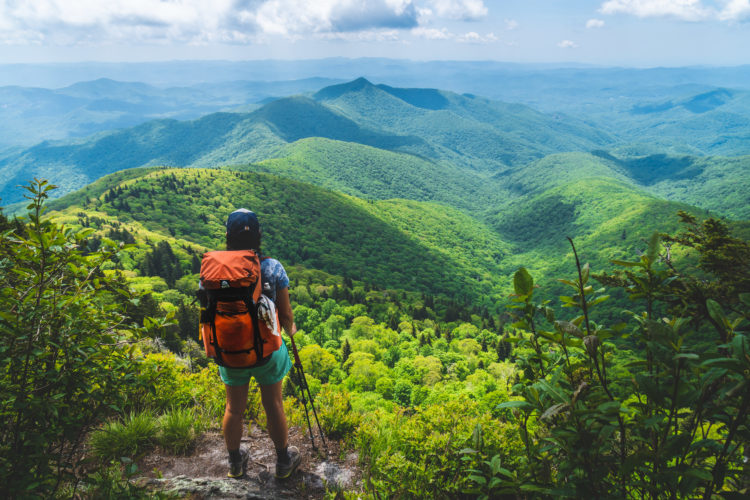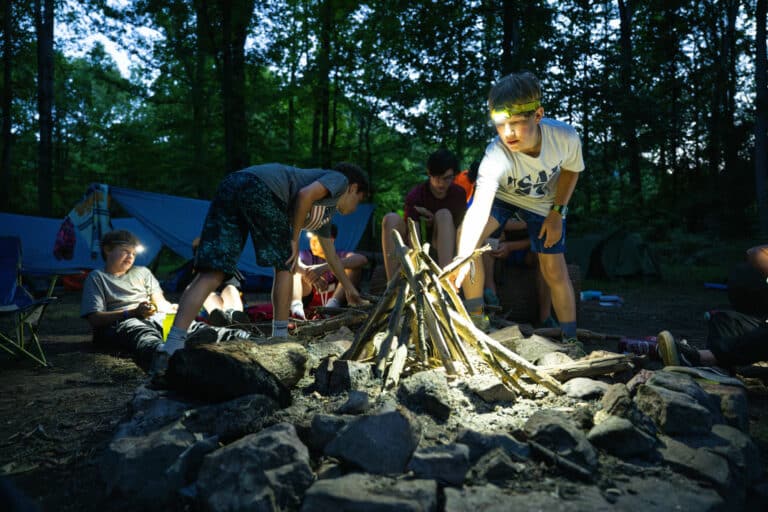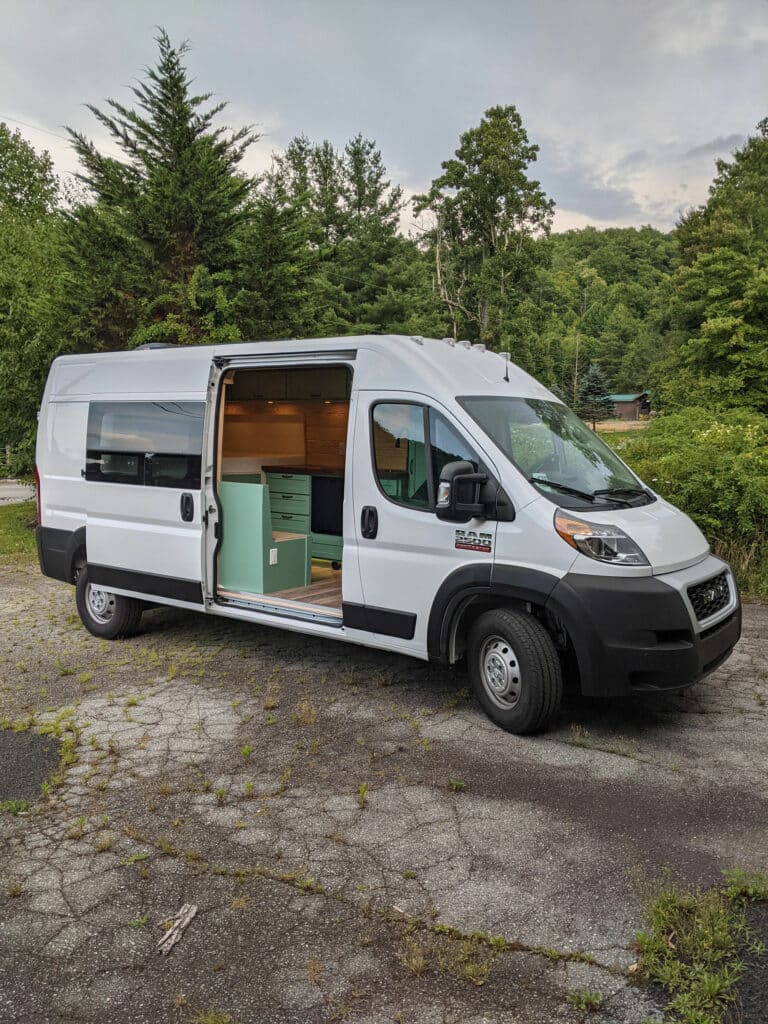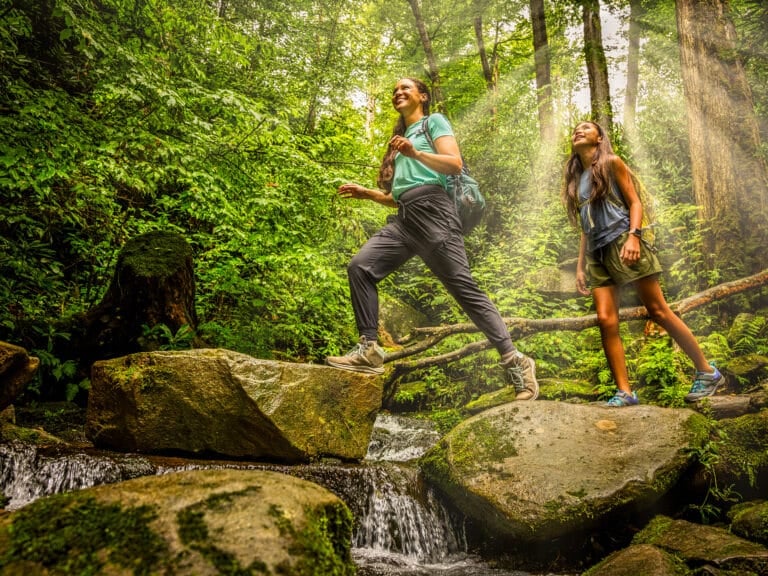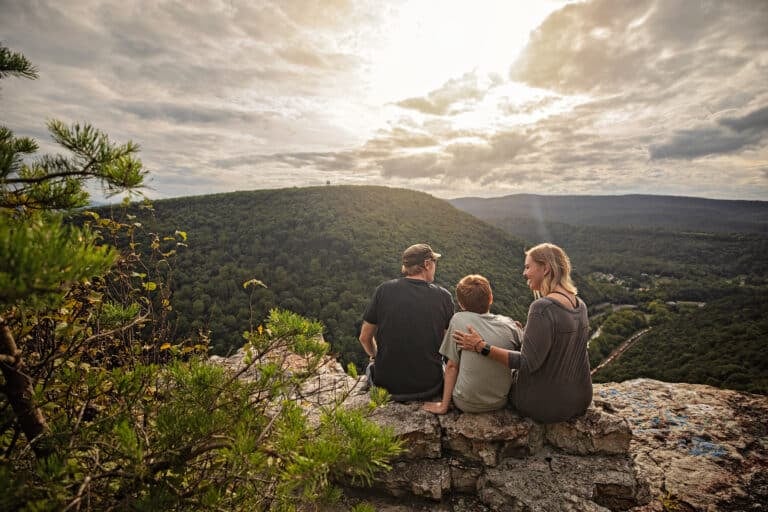The Forest Service is completing a long-term plan that will decide how much of the Pisgah-Nantahala National Forest is cut and how much is protected over the next three decades.
Over 22,000 public comments on the plan have flooded the Forest Service, and over 92 percent of the comments support more protected areas.
The deluge of public comments has caused the Forest Service to postpone the release of their final draft plan until early 2019. The Forest Service said that more time will allow the agency to integrate its response to an unprecedented number of public comments into the final draft plan.
The 1.1-million-acre Pisgah-Nantahala National Forest is the second-most-popular national forest in the country, with near 7 million visitors last year.
According to an analysis of the 22,000 comments conducted by Blue Ridge Outdoors Magazine, 20,454 comments favor more, stronger, and permanent protections for Pisgah; 1,711 comments were against protected areas or wanted more logging.
The comments were as diverse as the forest itself, written by eight-year-olds and octogenarians, from rural and urban areas, and across the political spectrum. Some were hand-written, passionate pleas for stronger protections, while others were multi-page analyses of the legal and scientific basis for more protected areas.
“The public has sent a strong, clear message to the Forest Service: permanently protect more of the Pisgah-Nantahala,” says Hannah Furgiuele, organizer of I Heart Pisgah, a coalition of over 100 businesses and organizations—and thousands of individuals—who support more protected areas in Pisgah.
Comments requested that dozens of special recreational and biological areas in the Pisgah-Nantahala receive permanent protection, including the corridors of the Art Loeb Trail, Bartram Trail, Benton Mackaye Trail, and Mountains to Sea Trail. The Big Ivy/Craggies received more comments in favor of permanent protection than any other area in the Pisgah-Nantahala. Comments also frequently highlighted the Black Mountains, Snowbird Creek, Daniel Ridge, Cedar Rock, Bald Mountains, Mills River, Tusquitee Bald, Terrapin Mountain, Unicoi Mountain, Santeetlah Creek, Mackey Mountain, Cheoah Bald, Bluff Mountain, and Panthertown Valley.
Some comments expressed opposition to any new protected areas, citing concerns over access, hunting, and populations of game species like deer and grouse. Others wanted to see more timber harvests to support regional lumber and wood products businesses. The vast majority of comments asked the Forest Service to permanently protect more of Pisgah’s scenic vistas, clean water and trout streams, waterfalls, rare species habitat, trail networks, and recreational hubs.
“We applaud the Forest Service for taking the time to analyze the public comments, and we appreciate the Forest Service for providing many public comment opportunities,” says Furgiuele. “The public has expressed overwhelming support for more protected areas. We are hopeful that the voices and values expressed in the public comments will be reflected in the final plan.”
